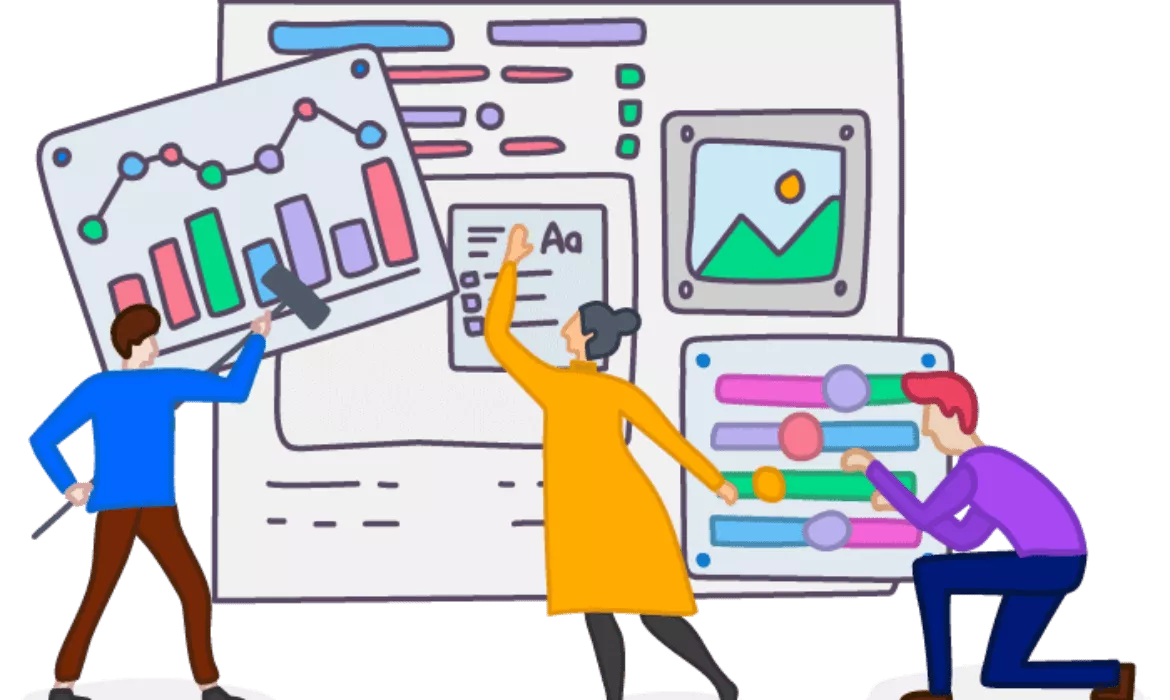
Is your Performance Management keeping up with the pace?
An agile performance management happens in 2 angles:
- continuous employee development combined with,
- continuous conversations
This shift in focus from traditional performance management recognises that a more skilled and capable workforce can perform better and boost company performance. Just like any sports team, regular feedback, communication and coaching is needed to create excellent performance to survive in a highly competitive environment. In order to support employees and drive performance outcomes even in uncertain times, HR and People leaders must encourage managers and employees to adapt their conversations and processes.
Agile performance management enables HR and People teams to create enthusiasm and engagement through continuous conversations and coaching. This would require HR teams to:
- Using objectives to provide clarity on individual goals and their direct link to the overall business goals, even in challenging business environments.
- Reinforcing the organization’s commitment to the long-term success of the employee, even in the face of constraints on new investments, resources or pay.
- Continually develop and expand skills and talent pools among existing employees to address the markets’ changing needs.
- Tailoring acknowledgment of employee efforts, especially when employees go the ‘extra mile’ to avoid disruption for customers.
- Rewarding employees for their great work with tokens of appreciation, development opportunities and low cost perks.
- Encouraging innovation, even when the organization has budget constraints, managers can emphasize the need for incremental innovation or process improvements.
- Using continuous conversations to enable a two-way dialogue that focuses on both the positive and negative implications of business conditions.
- Creating end-to-end accountability over projects and responsibilities to support cross-functional teams and agile ways of working.
Traditional performance management processes and systems have struggled to motivate and develop employees because their approach led to infrequent and ineffective feedback, resulting in unfair employee evaluation with misplaced accountability.
Agile performance management needs to support cross-functional teams, project work, changing needs and use feedback to improve growth. The right HR system can help manage your peoples’ development with continuous conversations and goals setting.
Here’s how PeoplesHR can support agile performance management:
- Enable open discussions and continuous conversation between managers and colleagues to improve and enhance performance.
- Update objectives in real time as they evolve, rather than waiting until the end of a financial year when they may have become out of date.
- Align and track performance regularly against individual goals, linking them to the organisation’s objectives.
- Enable 360 feedback through internal team members as well as external assessors outside of annual or other formal periodic reviews .
- Match or Bridge skill gaps by easily searching for skills and capabilities across your global workforce for job roles.
- Ability to identify learning needs and create career and professional development plans as part of your employee performance management process.
- Access a multi dimensional succession plan in real time with an accurate and up to date view of multiple successors, level of readiness, level of importance and supporting development plans.

